While already in use in the industry, artificial intelligence (AI) in aviation is set to take off. AI is being integrated into aviation systems to improve efficiency, safety, and performance, while automation is helping airlines reduce the risk of human error and make processes more streamlined.
The significance of these technologies lies in their ability to process large quantities of data, which helps airlines plan routes, improve decision-making, and enhance safety standards. AI and automation solutions in aviation help optimize efforts such as maintenance, fuel consumption, and sustainability initiatives.
In addition, when AI is paired with other technologies, it can provide a pathway to improve both service standards and crew safety. For example, we’ll see how speech recognition platforms can strengthen mental health support for crews, making both employees and passengers safer on an aircraft.
In this blog post, we’ll take a deeper look into the future of AI in aviation and the transformative impact AI and automation technologies can have on this industry.
How Is Artificial Intelligence in Aviation Being Used Today?
AI is currently being used in the aviation industry to improve anything from safety to passenger services. The market size for AI in aviation is expected to grow by 26.5% by 2028, reaching USD 914.1 million, up from USD 223.1 million in 2022, marking a huge rate of growth in this industry. Before looking at what the future of AI in aviation has in store, let’s examine its current role in the industry today.
Predictive Maintenance for Aircraft
AI helps airlines with predictive maintenance by using different technologies, like sensors, to detect when aircraft components need to be looked at. Sensors, equipped with AI technology, can detect potential issues before they escalate, helping airlines avoid downtime and improve safety. Through the use of advanced algorithms, AI can also use historical data and usage patterns to optimize maintenance schedules.
Air Traffic Management
Air traffic control systems are putting automation to use to help optimize routes and better manage airspace and improve punctuality. Through the use of machine learning (ML), algorithms can analyze vast amounts of data to enhance air traffic safety. Additionally, by integrating multiple systems and algorithms, AI can also take weather predictions into account to optimize flight paths and scheduling in the face of unpredictable conditions. Alaska Airlines started implementing AI in its flight path planning, enabling dispatchers to make more informed decisions on the best routes to take. The AI system also helped the airline save on costs and resources by reducing transcontinental flight times by as much as 30 minutes.
Robotics and AI in Aerospace Manufacturing
AI and robotics tools are streamlining assembly lines by automating manual tasks and enhancing precision, consistency, and speed in aircraft manufacturing. Furthermore, when integrated with quality control processes, AI can better detect manufacturing irregularities or deviations, ensuring that each aircraft component meets stringent quality criteria.
How Will Emerging Technologies Impact the Future of Aviation?
Looking ahead, we can anticipate several different developments in the use of AI and automation technology in aviation. While the way AI is being used in aviation today is already helping airlines improve safety and operational efficiency, it can be further expanded to optimize other aspects of flying. Here’s how.
Development of AI-piloted Aircraft
Just like we have self-driving cars, AI-piloted aircraft are under development. Aviation companies are investing in sophisticated AI algorithms that can handle complex flight scenarios, decreasing reliance on a traditional cockpit crew and making systems more autonomous. This would help airlines reduce operation costs, while also prompting questions and ethical considerations regarding safety and public acceptance.
Personalizing Passenger Experience
Aside from optimizing processes related to flying or manufacturing aircraft, AI also helps personalize the passenger experience, allowing airlines to offer better customer service. AI-powered chatbots and virtual assistants can engage passengers and provide instant responses to inquiries. Not only that, but AI can help customize in-flight services according to preferences, from entertainment options to meal choices, allowing airlines to create a more enjoyable travel experience for each passenger.
Data Security and Cybersecurity Measures
AI-powered cybersecurity systems can help airlines continuously monitor network activities, detect anomalies, and quickly respond to potential breaches. Since AI aviation systems generate large amounts of sensitive data, implementing advanced data encryption measures is important to safeguarding passenger and flight data.
Crew Mental Health Support
Mental health is critical in the aviation industry. Stress and alertness can affect performance, and in a sensitive role like flying an aircraft, this can make a real difference and impact safety. Emerging AI technology can help identify or predict mental health issues by analyzing things like facial expressions or voice using natural language processing (NLP) and automatic speech recognition (ASR) to identify fatigue before it becomes an issue.
Artificial Intelligence in Airports
Airports also stand to benefit from AI technology. Artificial intelligence in airport security can help personnel detect potential risks before they arise through the use of sensors that can identify things like suspicious passengers, unauthorized accesses, or lost baggage. Predictive analytics driven by AI can also help provide real-time updates on passenger flow and how busy an airport is, giving travelers insights into expected wait times.
AI Success Stories in Aviation
By examining AI and automation’s current use in aviation, we can better understand how these technologies are making a marked difference in the way the industry operates. Here are a few short case studies on how AI and automation were used to make aerospace technology more effective.
Boeing’s Use of AI in Manufacturing
Aircraft manufacturer, Boeing, is using AI-powered robots on its assembly line to automate tasks like drilling, painting, and assembly. Reportedly, this use of AI has helped the manufacturer reduce cycle times and enhance productivity. Boeing is also taking part in research that uses ML to reduce the cost of manufacturing and increase the speed of certain manufacturing processes.
Singapore Airlines’ AI-Powered Customer Service
Singapore Airlines uses Kris, an AI-powered chatbot to help answer straightforward customer inquiries related to baggage allowance, flight status, finding flights and low fares, and more. There’s so much information to parse through when it comes to booking a flight, and Singapore Airlines made it simple for their customers to get all the information they’re looking for in one place.
UK Government Invests in AI Air Traffic Control
Airlines aren’t the only ones interested in the impact AI can have on the aviation industry. Governments are considering the importance of AI in aerospace and defense initiatives by looking at how the technology can make air traffic control more streamlined. The UK government provided £3 million of funding to research and trial the first-ever AI system in airspace control, Project Bluebird. This project is meant to study how AI can work with humans to make air traffic management more intuitive and sustainable by applying better routing and lowering fuel consumption.
Applying the Power of Speech to Aviation
Speech-driven AI platforms like aiOla can help take the aviation industry to new heights. Using just the power of speech, platforms can integrate into various aviation workflows to improve productivity and safety.
aiOla understands over 100 languages as well as accents, dialects, and aviation-specific jargon, and can operate in any acoustic environment, even the cockpit of a plane. Pilots and crew members only need to speak normally to trigger certain actions or to gather data on critical flight information. Here are a few ways aiOla works in aviation:
- Inspections, repairs, and maintenance operations can be sped up significantly just by speaking during visual inspections. aiOla will gather the essential data through speech and use that to make operational assessments on maintenance
- Ground crew teams can perform external inspections of aircraft entirely hands-free just by using their voice, cutting down on time spent on safety checks and improving punctuality
- Pilots and internal flight crews can complete safety checks like cockpit and cabin inspections along with safety protocols quickly and accurately just by speaking
Since it only requires speaking normally, aiOla’s platform has almost no learning curve, making it easy to adopt for aviation teams while dramatically reducing ground time, inspection time, and delays. Furthermore, aiOla makes coordination between multiple teams, such as ground staff, cabin crew, mechanics, fueling teams, and other maintenance personnel seamless by collecting speech data from all different teams and using it to inform critical decisions.
AI: Taking Aviation to New Heights
AI has the power to propel the aviation industry to become safer, more efficient, and also more passenger-friendly. From using artificial intelligence in aircraft maintenance, implementing speech AI systems for increased safety, and using robotics in aerospace manufacturing, the industry will continue to innovate.
By collectively embracing AI technology in aviation, airlines, manufacturers, and the entire industry can benefit from improved services, increased productivity, and a smoother experience. Thanks to platforms like aiOla, that shift doesn’t need to be cumbersome and can be powered just by the power of regular speech.
Book a demo with one of our experts to see how aiOla’s AI-powered speech platform can benefit aviation companies.








